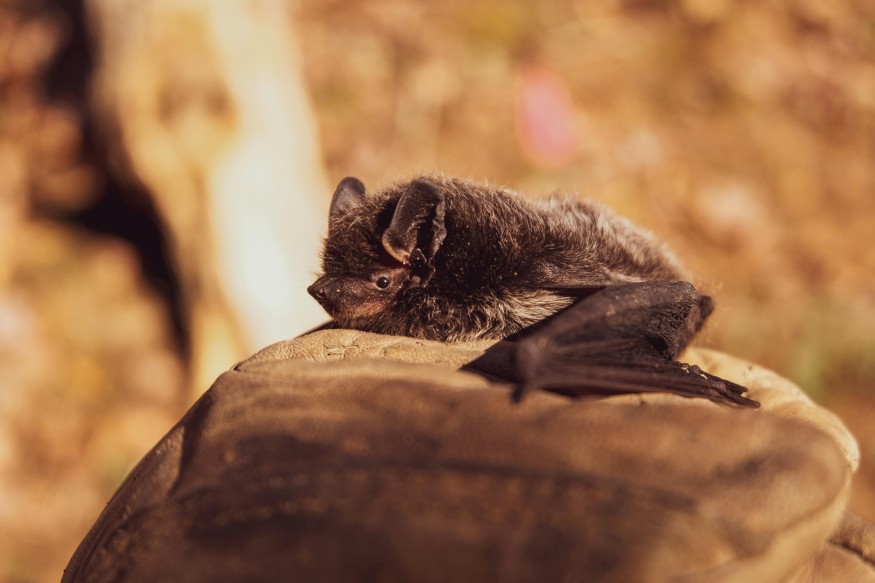
Bats are nature's stealthy night travelers, and a recent study reveals how they cleverly use weather patterns to migrate vast distances with minimal energy.
The Max Planck Institute of Animal Behavior (MPI-AB) researchers studied common noctule bats (Nyctalus noctula) to uncover their fascinating migration strategies. Among the few species capable of continental migration, these bats use warm storm fronts to "surf" through the skies, saving energy on their long journeys.
How Bats Use Storms to Travel 400 Kilometers in a Night
The research tracked 71 female noctule bats during their spring migration across Europe, using ultra-light sensors, SciTechDaily reported.
These advanced devices weighed only 5% of a bat's body mass and recorded detailed data, such as flight patterns and environmental conditions.
The findings were astonishing: bats traveled up to 400 kilometers in a single night by taking advantage of the warm tailwinds that precede storms.
The bats' movements were far from random. On certain nights, their departures seemed synchronized, almost like "bat fireworks." Further analysis revealed that these mass take-offs occurred when air pressure dropped, and temperatures rose, signaling incoming storm fronts.
By aligning their flights with these weather changes, the bats minimized energy expenditure, confirming their remarkable ability to harness nature's power for efficient travel.
Scientists Decode Bat Migration with Cellular-Style Technology
According to The Magazine, the tiny tracking devices, developed by MPI-AB engineers, were revolutionary. Unlike older models that required researchers to retrieve the trackers manually, these new tags transmitted data via a Europe-wide network, much like a cellular system.
Each device condensed 1,440 daily sensor readings into compact files, enabling real-time monitoring of the bats' migration.
This technology allowed scientists to observe not just where the bats traveled but also the environmental conditions they encountered. The data showed that bats alternated between migratory flights and frequent stops to feed, a behavior distinct from birds, which typically store energy before migration.
Understanding how bats migrate is crucial for their protection. Wind turbines, a significant threat to migratory bats, often collide with these animals during their journeys. Knowing when and where bats migrate could help reduce such risks.
For example, wind farms could temporarily shut down turbines on nights when bats are likely to pass through.
The study's insights highlight the need for continued research into bat migration. By uncovering these patterns, scientists hope to better protect bats and ensure their survival amid increasing human activity.
© 2025 NatureWorldNews.com All rights reserved. Do not reproduce without permission.





